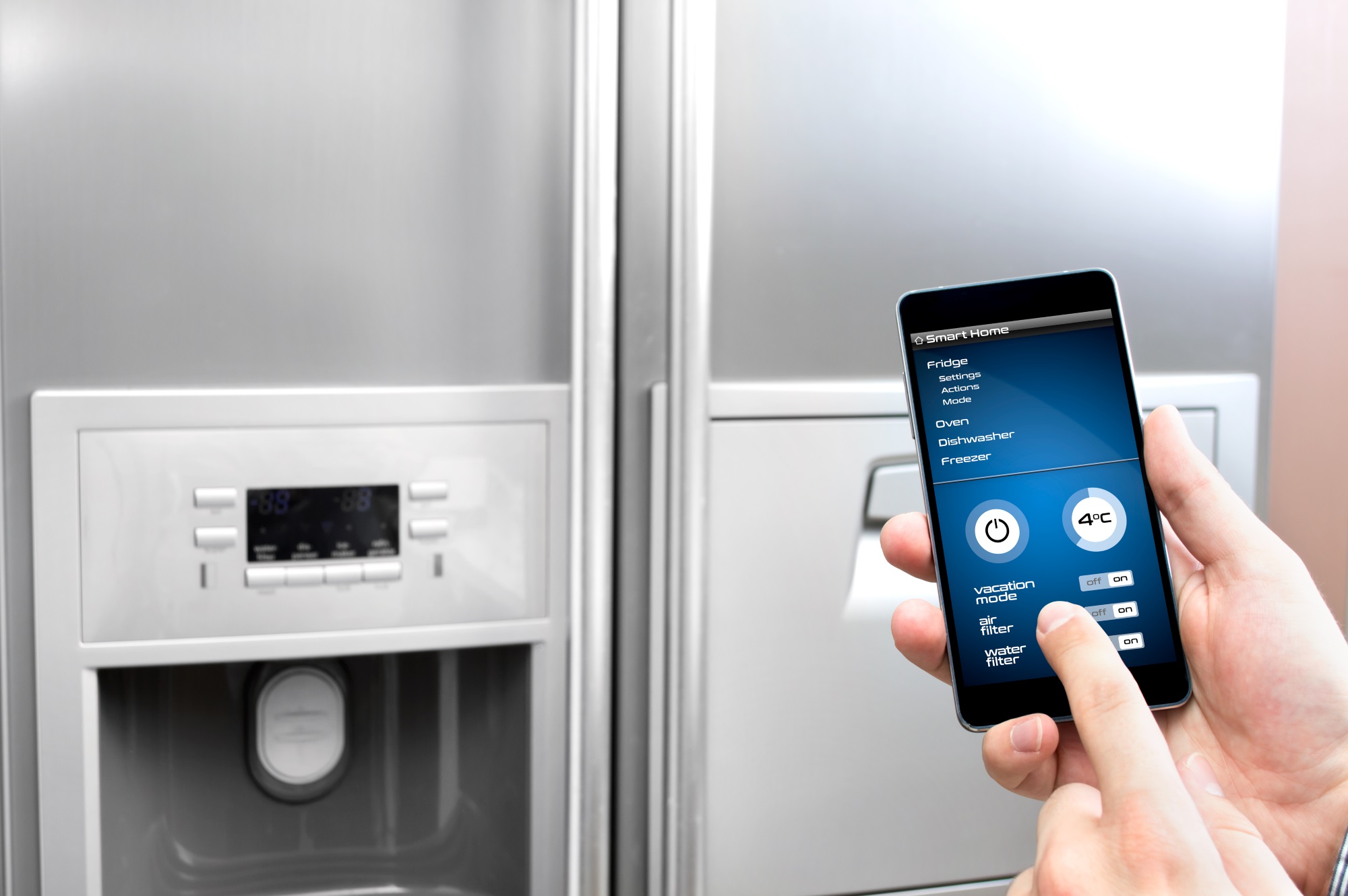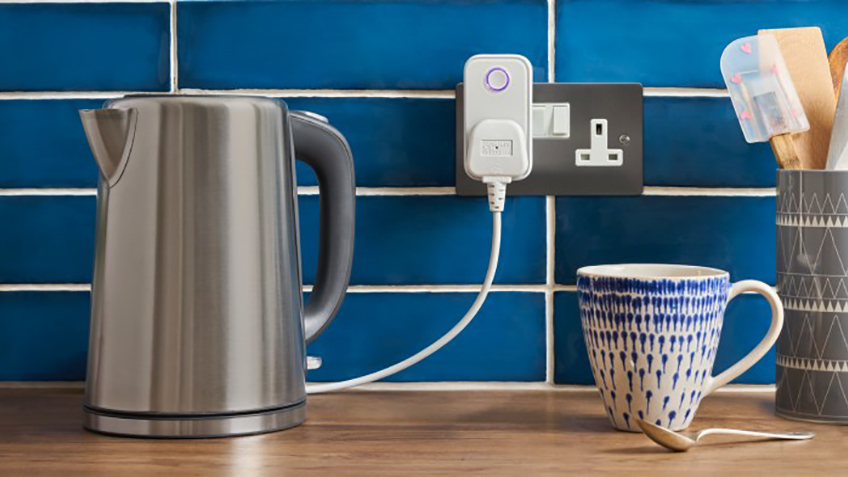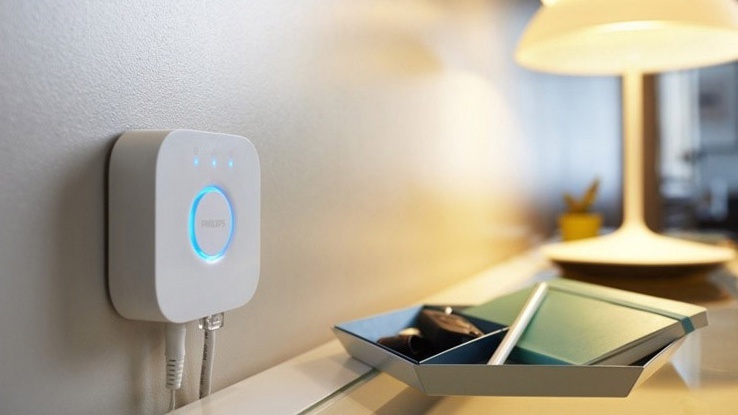Nowadays smart bulbs are all the rage. They’re energy-efficient, they can be controlled with your voice, and they can even change colors. But one burning question remains: do smart lights slow down WiFi? Aside from being energy-efficient and long-lasting, smart lights can be customized to fit your needs and preferences. They are also WiFi connected, making them easy to control even when you're away from home.
Do smart lights slow down WiFi?

While smart lights don't always slow your WiFi, having too many of them can take a toll on your network connection. The main function of the smart light is to provide lighting throughout your home using voice commands or tapping a button. However, when you first connect the light to your network, it must receive a firmware update. Firmware updates are usually large and can take up a lot of bandwidth, causing your WiFi to slow down.
A recent study by the University of Texas found that smart bulbs can indeed slow down a home’s WiFi connection, especially if there are a lot of them in use at once. The study found that the more smart bulbs in use, the greater the impact on WiFi performance. So if you’ve been noticing your WiFi connection is slower than usual, it could be due to your smart bulb usage.
In addition, if you have a lot of smart lights in your home, they can start to compete with each other for bandwidth. This can result in slower speeds for both your lights and your WiFi. The good news is that there are ways to prevent this from happening. While smart lights are designed not to use a lot of bandwidth or slow WiFi, increased usage of these devices actually causes decreased network coverage speed.
So, overall, if you think that the smart bulb slows down your WiFi and you have many of them in your home, it is better to check the connection and see if there are other devices that are hogging the bandwidth. You can also contact your ISP to see if they offer any advice on how to improve your WiFi speeds.
How do smart bulbs actually work?
To put it simply, smart bulbs connect to your home’s WiFi network and can be controlled using an app on your smartphone or tablet. While this may seem like a convenient way to control your lights, there are some potential downsides – namely, that your smart bulbs could be slowing down your WiFi connection.
Another potential issue is that smart bulbs are often more expensive than traditional bulbs, so you’ll want to be sure that you’re getting the most bang for your buck. In order to help you make a decision, we’ve put together a list of the pros and cons of using smart bulbs in your home.
Pros:
- You can control your lights from anywhere with an internet connection
- No need to physically be at home to turn lights on or off
- Can create custom lighting scenes
- Compatible with voice assistants like Alexa and Google Home
- Can save energy by automatically turning off when no one is home
Cons:
- Slows down WiFi connection
- More expensive than traditional bulbs
- May require a hub to work properly
- Not as bright as LED bulbs
So, there you have it! The pros and cons of using smart bulbs in your home. We hope this list has helped you make a decision about whether or not they’re right for you. If you’re still on the fence, we recommend doing some more research to see if smart bulbs are compatible with your existing home automation system.

Do smart light bulbs use a lot of WiFi?
A smart light bulb, on average, consumes just 20 to 30 megabytes of data each month. That's equivalent to one megabyte per day. If you only have one smart light in a single room, there's nothing to be concerned about. This implies your Wi-Fi will not flinch if you run your light bulbs without it.
With that being said, the bulbs can take a toll on your network connection if you have several of them in use at the same time. This is because each light must receive a firmware update when it's first connected to your network. These updates are usually large, and they can consume a lot of bandwidth and slow down your WiFi.
Depending on the number of smart bulbs in your house, you might not notice a difference in your WiFi speed. However, if you have a lot of smart devices on your network, it's possible that your bulbs could be competing with other devices for bandwidth. This can result in slower speeds for both your lights and your WiFi. If you're concerned about the impact of smart bulbs on your WiFi connection, there are some things you can do to mitigate the issue.
Other smart devices and their effect on WiFi speed
Aside from lighting, there are a number of other common smart home devices that can have an impact on your WiFi connection. These include:
- Smart thermostats
- Smart locks
- Smart plugs
- Smart security cameras
Like smart bulbs, these devices connect to your home's WiFi network and can be controlled using an app on your smartphone or tablet. While they offer many conveniences, they can also slow down your WiFi if you have too many of them in use at the same time.
Smart devices like conditioners, humidifiers, and heaters can also cause WiFi interference. These devices use a technology called Zigbee, which operates on the same 2.4GHz frequency as WiFi. This can lead to interference and slow down your connection.
To avoid this issue, you can try connecting your smart devices to a 5GHz network. Most newer routers support this frequency, and it's less likely to experience interference from other devices.
You can also try disconnecting some of your smart devices from your network when you're not using them. This will free up bandwidth for other devices that are hogging the bandwidth. You can also contact your ISP to see if they offer any advice on how to improve your WiFi speeds.

Do smart bulbs use WiFi when off?
Smart bulbs are a type of gadget that consumes electricity in standby mode, like some kind of vampire device. This implies that smart bulbs consume power even when they're not turned on. The power consumption of a smart bulb in standby mode is usually very low, but it can still add up over time.
To save energy, you can disconnect your smart bulbs from your home's WiFi network when they're not in use. This will prevent them from receiving firmware updates and other data that they don't need. You can also try unplugging them completely to ensure that they're not using any power at all.
While it's not necessary to unplug your smart bulbs every time you're not using them, doing so can help you save money on your electricity bill. It's also a good way to extend the lifespan of your bulbs.
Are LED smart bulbs worth it?
LED smart bulbs are more expensive than traditional incandescent bulbs, but they last longer and use less energy. They're also more versatile, as they can be controlled using an app on your smartphone or tablet.
If you're looking to save money on your energy bill, LED smart bulbs are definitely worth the investment. They may cost more upfront, but you'll quickly make up for the difference with the money you'll save on your electricity bill.
If you're not concerned about saving money, there are other reasons to consider LED smart bulbs. They offer a number of conveniences that traditional incandescent bulbs don't. For example, you can control them using an app on your smartphone or tablet. This allows you to turn them off and on remotely, set schedules, and change the color of the light.
LED smart bulbs are also more durable than traditional incandescent bulbs. They're not as prone to breaking and can last for years without needing to be replaced. So, if you're looking for a more convenient and longer-lasting lighting option, LED smart bulbs are definitely worth considering. Just be aware that they may cost more upfront than traditional incandescent bulbs.
Tips on how to better your WiFi
If the speed of your WiFi is low and your smart devices are to blame, there are a few things you can do to improve the situation.
- Try connecting your smart devices to a 5GHz network. Most newer routers support this frequency, and it's less likely to experience interference from other devices.
- Disconnect some of your smart devices from your home's WiFi network when you're not using them. This will free up bandwidth for other devices that are hogging the bandwidth.
- Unplug your smart bulbs when you're not using them. This will prevent them from receiving firmware updates and other data that they don't need.
- Contact your ISP to see if they offer any advice on how to improve your WiFi speeds.

By following these tips, you should be able to improve the speed of your WiFi. If you're still having trouble, you may need to upgrade your router or contact your ISP for further assistance.
FAQs
How many lights should be on my WiFi router?
A router typically runs on two types of wireless frequencies, 2.4 GHz and 5 GHz. The light for the 2.4 GHz signal will let you know if there is currently a wireless network available on this frequency that you can connect to. The 5 GHz light will tell you if the router is broadcasting a signal on this frequency.
For most routers, there will be a separate light for each type of wireless frequency. However, some routers only have one light that changes color to indicate which frequency is currently active.
Do LED lights interfere with WiFi?
LED lights, like all electrical gadgets, produce electromagnetic radiation. LED light fields are not strong enough to interfere with WiFi or television. This is because the wavelength of light produced by an LED is much too long to interact with the short waves used for WiFi and television signals.
Do smart lights use a lot of power?
Yes, smart lights do use more power than traditional incandescent bulbs. However, they are still more energy-efficient than incandescent bulbs. Smart bulbs also last longer than traditional incandescent bulbs, so you'll save money in the long run.
Conclusion
Now you know that smart lights slow down WiFi only if they are connected to the network. If you want to improve your WiFi speed, consider connecting your smart devices to a 5GHz network or disconnecting some of your smart devices when you're not using them. You should also unplug your smart bulbs when you're not using them to prevent them from receiving unnecessary data